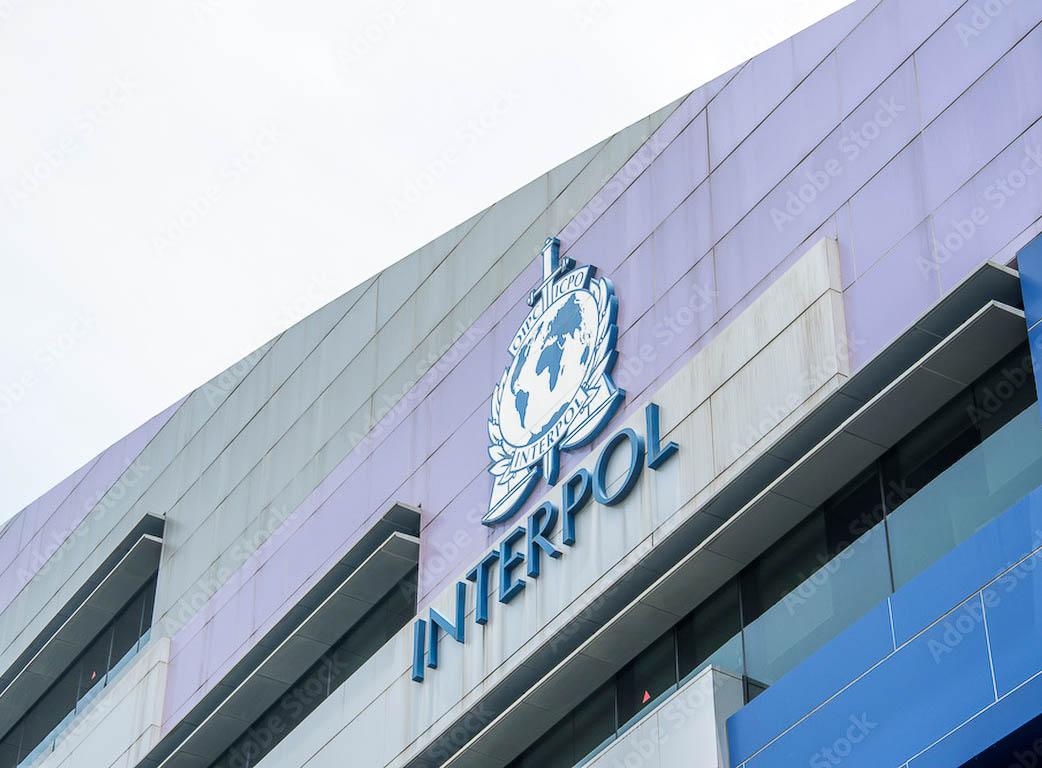Cocaine. The centrality of the African continent
Rivista Nigrizia 29.03.2023 Luca Bussotti Translated by: Jpic-jp.orgNew report from the United Nations Office on Drugs and Crime. It is mainly from Brazil that loads of drugs arrive in African destinations, both by sea and by air. They are the Nigerian criminals who are the masters: they traffic in small quantities, acting in very closed groups of 4-5 elements and, therefore, difficult to attack

The African continent is still and above all a land of transit with respect to the diffusion of cocaine, but with significant increases also in domestic consumption.
After the partial deceleration of illicit trafficking due to the pandemic, the traditional sea and air routes from Latin America to Africa have resumed, with some important novelties.
This is the picture that emerges from the newly published United Nations Office on Drugs and Crime (UNODC) report, which carves out an increasingly central role for Africa in the international cocaine trade.
The Atlantic route and the major African hubs
The Atlantic route from Latin America to various points on the African continent has picked up significantly once the pandemic emergency ended. While Colombia continues to be the world's largest producer of cocaine, Brazil is the most important departure hub for the commodity. In addition to North America, the traffic goes to Europe, where Belgium and Holland are now the preferred final destinations.
From Brazil, however, loads of cocaine also arrive in African destinations, either by sea or by air. In the first case, the main destinations are two: on the one hand, the coastal and island countries (such as Cape Verde or the Bissagos Islands belonging to Guinea-Bissau) of West Africa; on the other hand, the region around South Africa, which involves, in addition to the port of Durban, also Mozambican (especially in the north of the country, such as Nacala and Pemba, precisely in areas close to the terrorist attacks that have been ongoing since 2017), Tanzanian (Dar-es-Salaam) and Angolan (Luanda) ports.
By air, the main hubs are Addis Ababa airport in Ethiopia - which is constantly growing and has connections to Europe, America, Asia and almost all African countries - together with Nairobi airport in Kenya.
The role of Nigerian crime
Local criminality is playing an increasingly important role in the continent's cocaine trade. The main player is Nigerian crime. This traffics in small quantities of cocaine, acting in groups of 4-5 elements that are very closed and, therefore, difficult to attack. These carry the cocaine in small suitcases by air or land to countries such as Ghana, Benin or other West African countries.
The largest seizures of cocaine in recent years have been in this part of the continent: in Cape Verde, in two separate operations, around 12 tonnes were seized in 2019; in Côte d'Ivoire, in 2021, the tonnes seized were 6 and in Senegal more than 5 during last year.
A direct route was opened from Brazil to Côte d'Ivoire a few years ago. Here, 6 tonnes of cocaine were seized in 2021, but above all, a direct line was discovered from São Paulo to Abidjan, with the off-shore seizure of a ship loaded with cocaine. Between 2021 and 2022, 23 ships were seized offshore on the Atlantic route connecting Brazil with the West African coast.
Brazil, however, also has a direct relationship with some countries in south-east Africa, primarily South Africa and Mozambique. The port of Durban is a very important hub, since the region to which it belongs, KwaZulu-Natal, is also the one where cocaine consumption is probably higher than on the entire continent, as well as a sorting point mainly to the north.
Neighbouring Mozambique is one of the emerging countries in terms of cocaine trafficking, with a direct sea line to Brazil, but also, on the eastern side of the Indian Ocean, to Asian countries such as Pakistan, from where large quantities of heroin arrive. Luanda, the Angolan capital, is also today a major hub in the international cocaine trade: here too, the route with Brazil is direct, both by sea and by air (with connections of the Angolan company TAAG from São Paulo and Rio de Janeiro to Luanda). In 2020, a criminal group operating in the suburbs of Luanda was dismantled, with connections to Brazilian and Congolese traffickers. In August 2022, 164 kilos of cocaine were seized in the port of Luanda.
Increasing domestic consumption
A data point of growing concern is the domestic consumption of cocaine in Africa: while South Africa appears to have peaked in 2007 and then declined, beginning to favour other narcotic drugs, at the continental level, the few available data put Africa above Asia in terms of per capita cocaine consumption.
Although still far from American and European levels of consumption, in fact, the figure for Africa is 0.27% for cocaine use, while Asia stands at 0.07%. Particularly in Eastern and Southern Africa, a transition from cannabis to cocaine (or in rarer cases heroin) use is being observed, which is making it very difficult for families unprepared to deal with a drug emergency for their children, while the various states - with the partial exception of South Africa - do not have any professional infrastructure or social and psychological support to try to recover users who have now become drug addicts.
The challenge, therefore, is twofold: to intensify the fight against organised crime, which makes drug trafficking its core business, and to provide recovery facilities to limit the damage of a scourge that is befalling a continent unable to cope with it.















 EDitt | Web Agency
EDitt | Web Agency
Leave a comment